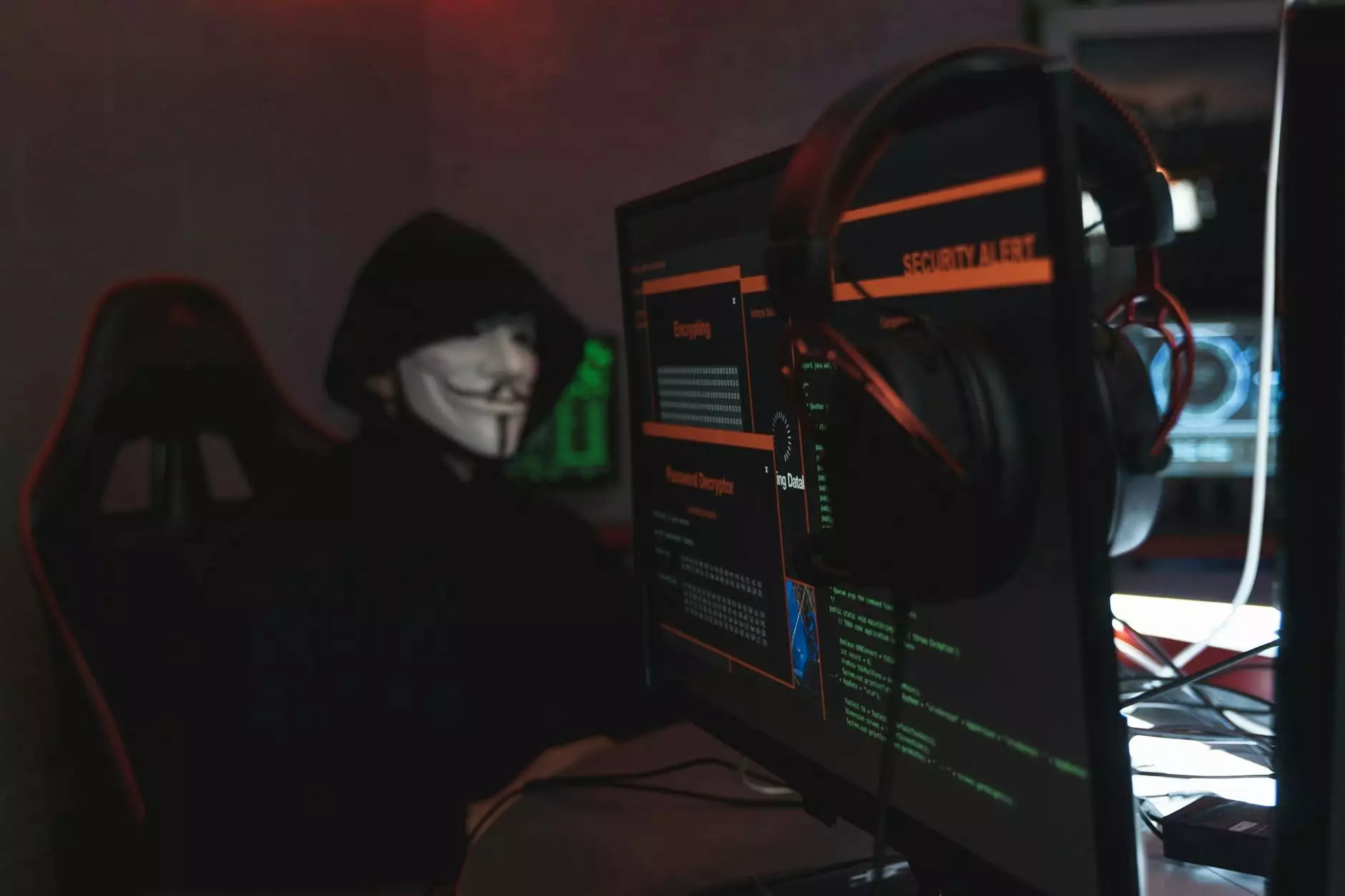The Art and Science of Video Game Music Design

Video game music design is a fascinating and vital component of the gaming experience. It goes beyond merely being a background auditory layer; music within games amplifies emotion, guides player actions, and creates immersive worlds. This article harkens into the multitude of aspects associated with the design of music for video games, delving into techniques, genres, and the collaborative effort required to create unforgettable gaming soundtracks.
Understanding the Essence of Video Game Music
At its core, video game music is about enhancing the emotional experience of players. It sets the tone of scenes, builds tension during critical gameplay moments, and rewards players with auditory cues upon achievements.
The Emotional Resonance of Music
Music affects human emotion significantly. In video game music design, composers utilize various techniques to ensure that their scores resonate appropriately with the gameplay. Often, this involves:
- Melodic Development: Crafting memorable motifs that players can associate with specific characters or moments.
- Dynamic Scoring: Adapting music in real-time based on players' actions to create a personalized experience.
- Instrumentation: Using distinct instruments to evoke different feelings; for instance, orchestral arrangements can create epic sentiments, while synths may evoke nostalgia.
The Role of Music in Gameplay
Beyond simply accompanying visuals, video game music plays several crucial roles that enhance the player's journey:
1. Setting the Atmosphere
The right music can transport players into a game’s world. The ambience created by soundtracks influences how players perceive settings, whether it’s a serene forest, a menacing dungeon, or a bustling cityscape. Composers must consider:
- Cultural References: Using musical elements that reflect the game's setting or themes.
- Emotional Context: Choosing scales and tempos that align with the narrative and character arcs.
2. Enhancing Engagement
Music during gameplay keeps players engaged. Compelling scores create a bond between the player and the game's narrative, making victories feel more rewarding and challenges more intense. Techniques include:
- Cueing Events: Utilizing sound cues to alert players to specific actions or transitions.
- Adaptive Music Systems: Employing technology to modify music based on player choices and situations.
The Creative Process of Video Game Music Design
The journey of creating enchanting video game scores is an extensive process that often involves collaboration between various professionals, including composers, sound designers, and game developers.
1. Collaborating with Game Developers
Musical design does not occur in isolation. Effective communication between the game developers and the music team is imperative. This involves:
- Understanding the Vision: Comprehending the artistic and gameplay intentions behind the project.
- Feedback Loops: Establishing a workflow that allows for regular check-ins and revisions based on gameplay testing.
2. Composing with a Purpose
Composers must approach their work with an understanding of game mechanics. The score should follow certain principles, such as:
- Thematic Consistency: Ensuring that musical themes are repeated and varied throughout the game.
- Sonic Palette Creation: Selecting a specific set of instruments or sounds that reflect the game’s character.
Exploring Genres in Video Game Music Design
Video game music spans an extensive range of genres, each bringing its unique flavor to the player experience. Here, we explore popular styles in video game music design:
1. Orchestral Music
Orchestral compositions are prevalent in large-scale games, providing an epic and immersive sound. Games like The Elder Scrolls and Final Fantasy exemplify how orchestral scores can enhance storytelling.
2. Electronic Music
Electronic scores, comprising genres like techno, synthwave, and ambient, are widely used in indie games. The DOOM series is a prominent example where electronic music elevates the adrenaline rush during gameplay.
3. Retro 8-Bit and Chiptune
The resurgence of pixel art games has brought 8-bit music back into the spotlight with its nostalgic sounds reminiscent of early console gaming. Titles like Shovel Knight leverage chiptune music to evoke a sense of nostalgia while entrenching players in the current era of gaming.
The Future of Video Game Music Design
The landscape of video game music design continues to evolve with technological advancements. Here are a few areas that suggest exciting developments:
1. Interactive Music Experiences
As virtual reality (VR) and augmented reality (AR) games become more mainstream, the relationship between sound and interaction will deepen. Musicians are experimenting with:
- Spatial Audio: Creating three-dimensional soundscapes that enhance realism and immersion.
- Player-Centric Compositions: Developing scores that change based on individual player actions and decisions.
2. AI in Music Composition
Artificial Intelligence is making inroads into music creation, offering tools that can assist composers in generating music tailored to specific genres or moods. This innovation allows for:
- Faster Prototyping: Rapid creation of musical ideas that can be shared with development teams.
- Adaptability: Music that learns and evolves based on player behavior over time.
Conclusion: The Heartbeat of Gaming Experience
In conclusion, video game music design is an intricate art form that breathes life into the gaming medium. Whether you're an aspiring composer, a game developer, or a passionate gamer, understanding the depth and complexity of music's role in games can deepen your appreciation of this fantastic digital landscape.
With each game released, the fusion of music and gameplay continues to create unforgettable experiences that remain etched in the hearts of players, showcasing the unparalleled ability of music to connect, engage, and evoke emotions.
For more insights into the world of art, design, and creativity, be sure to visit Pingel Studio.









